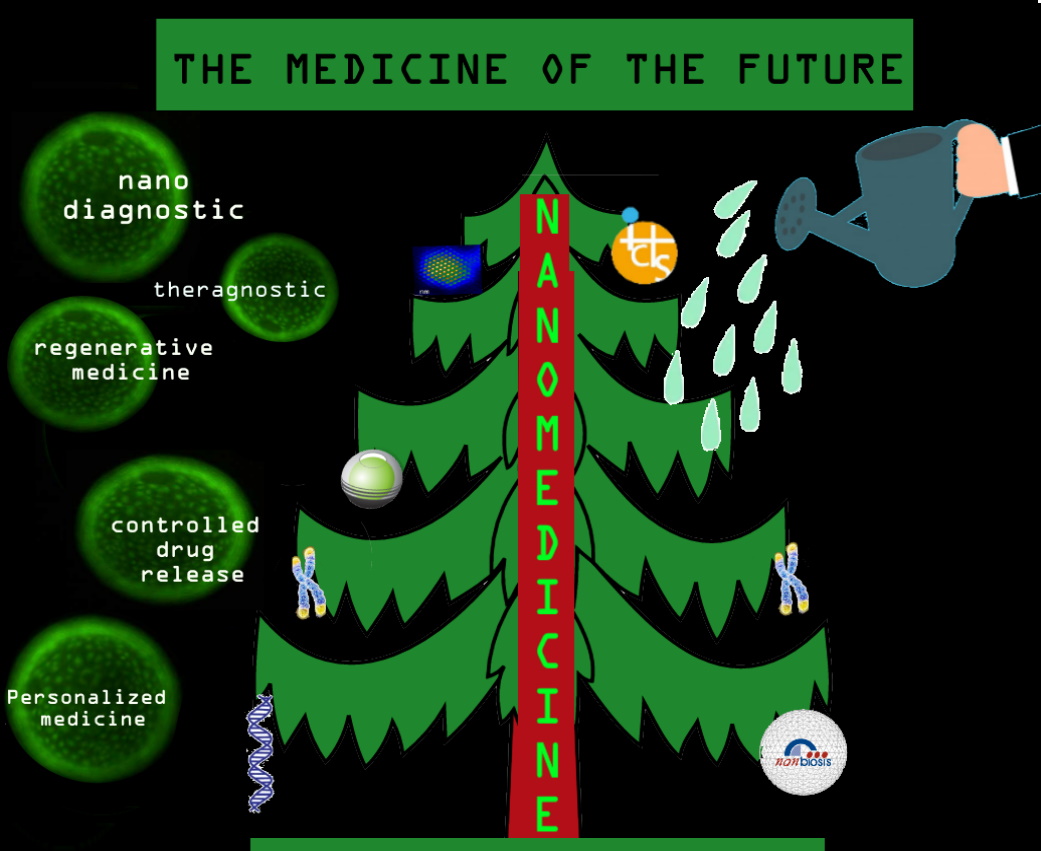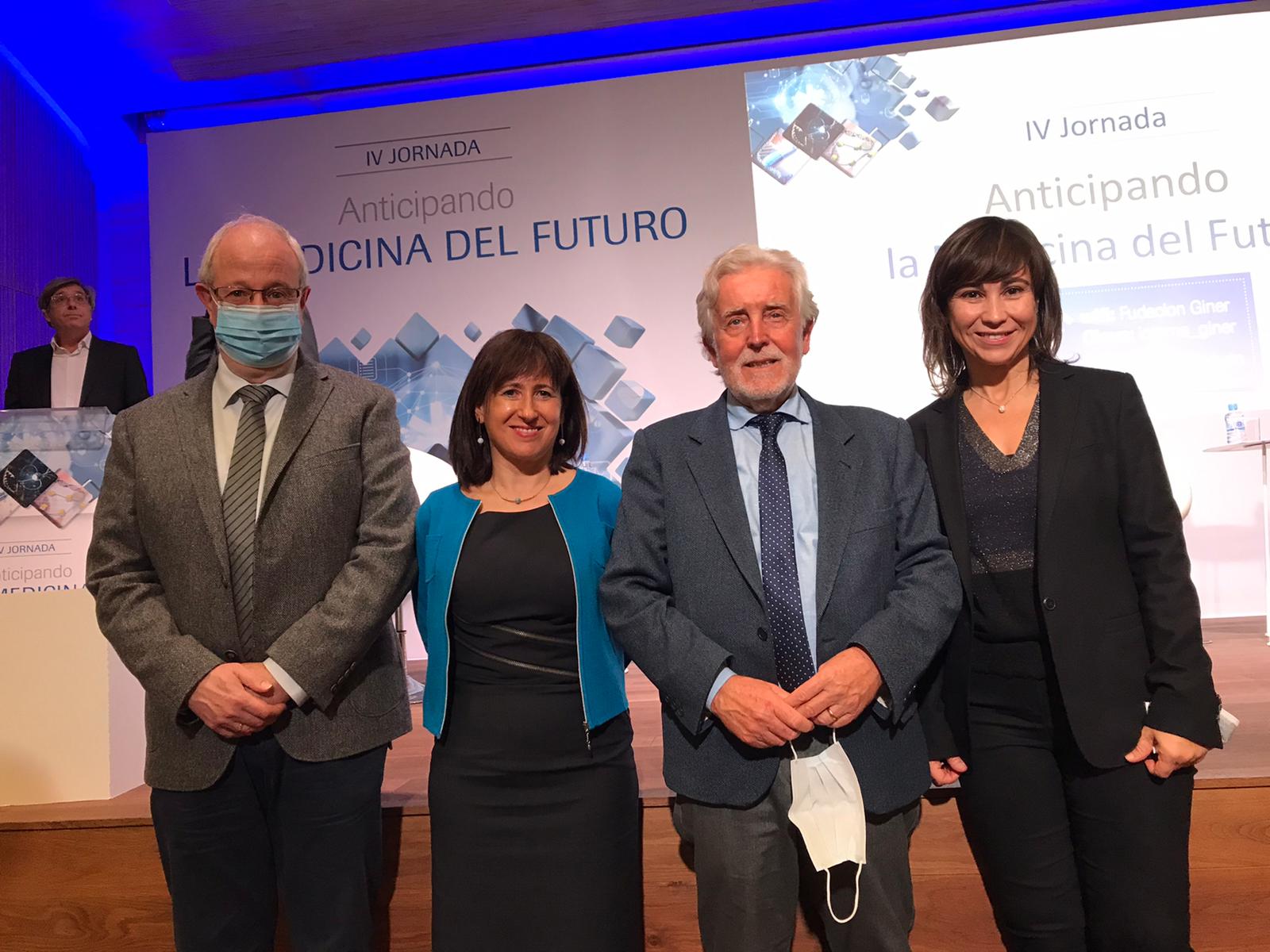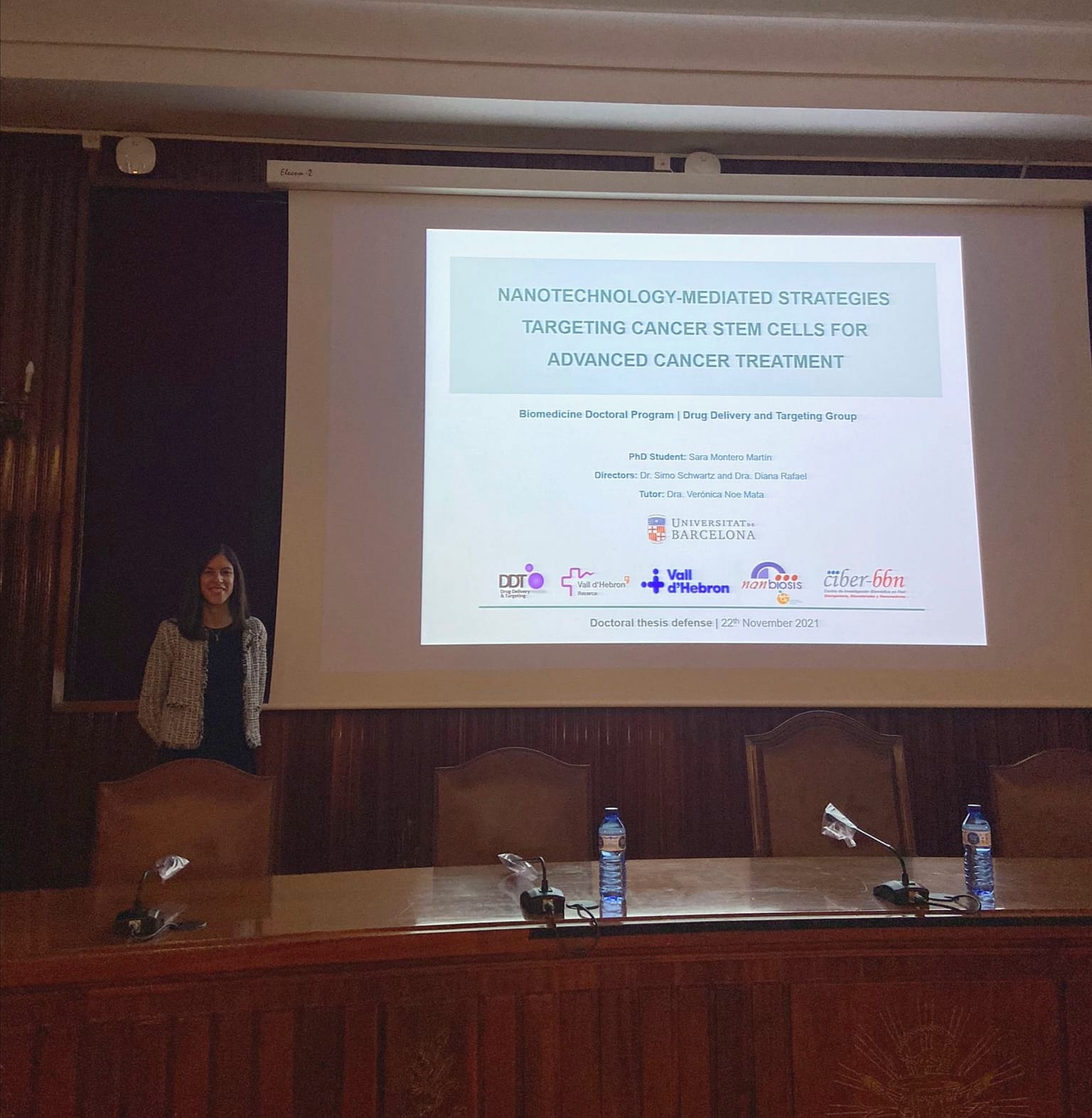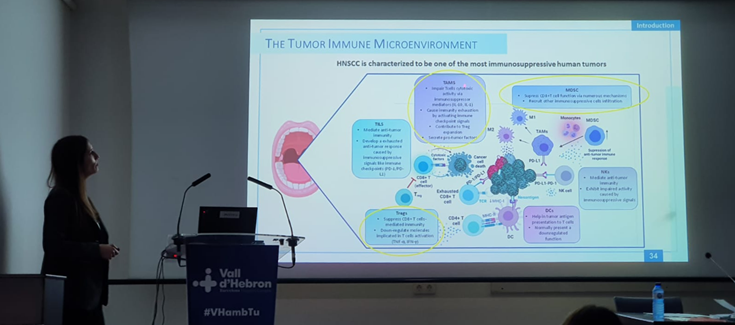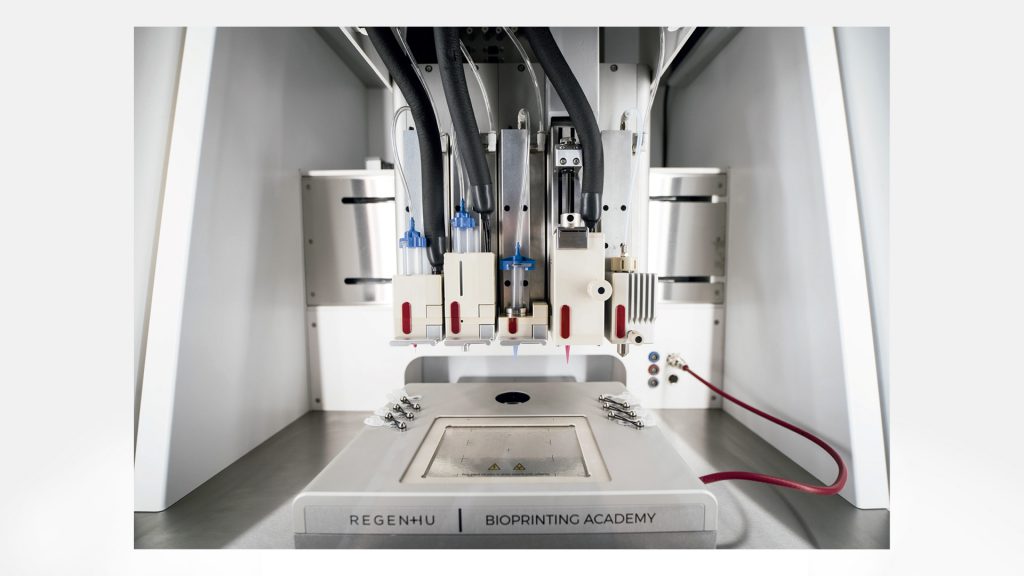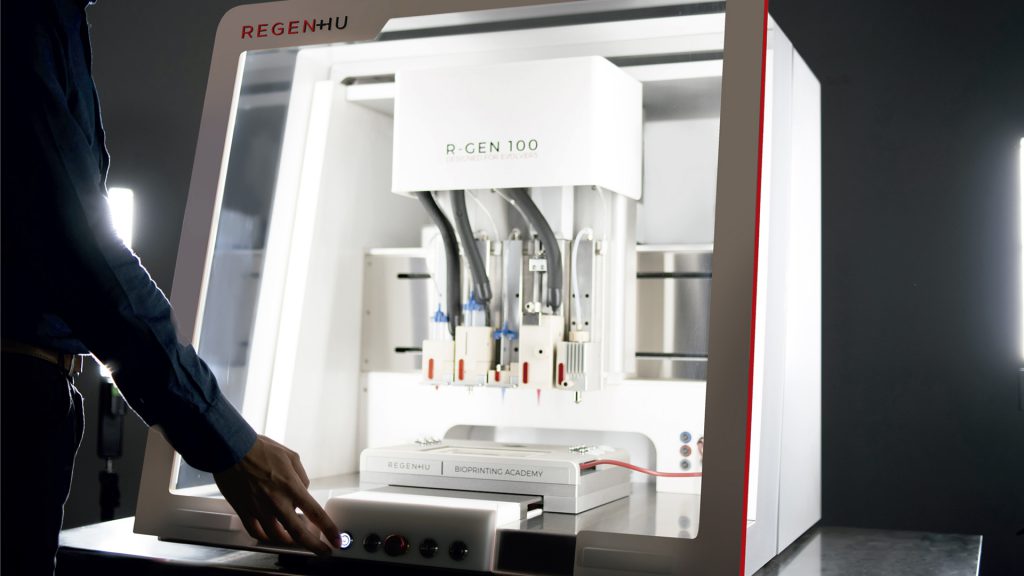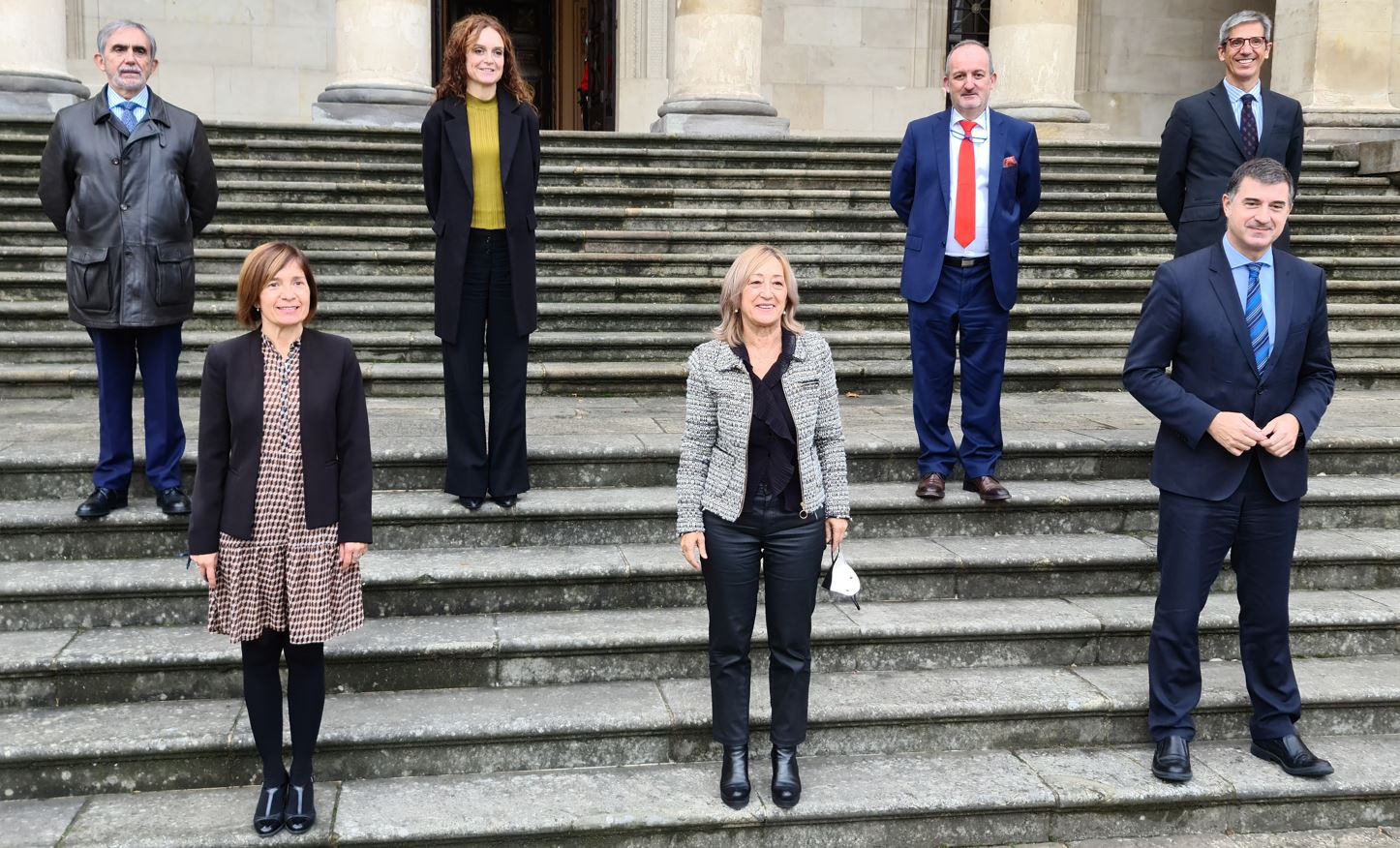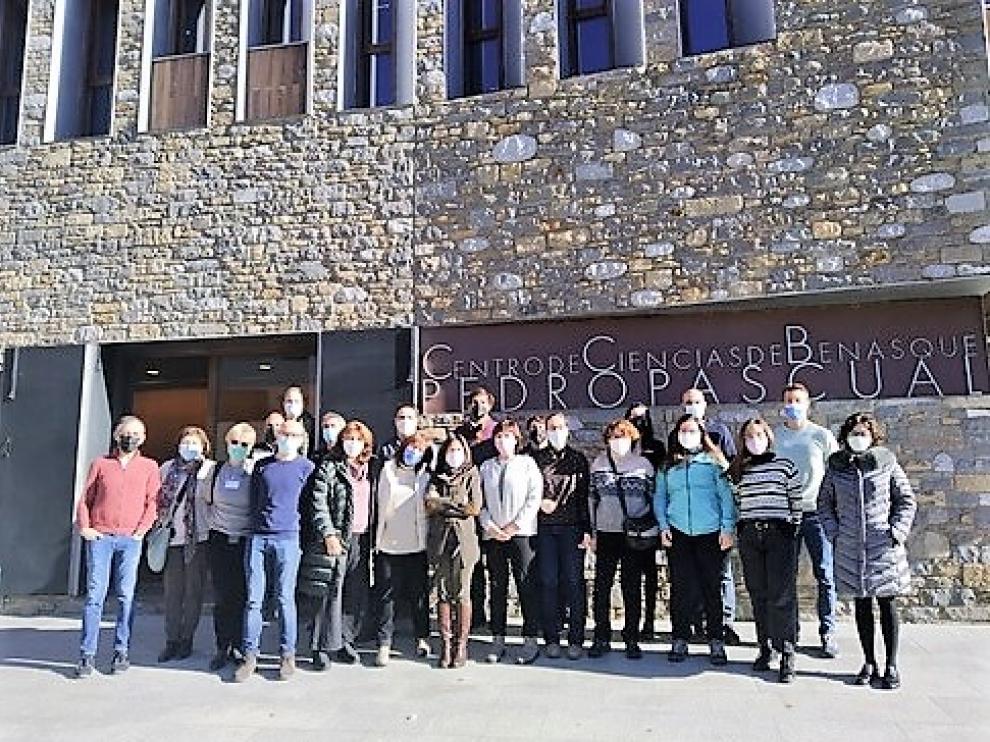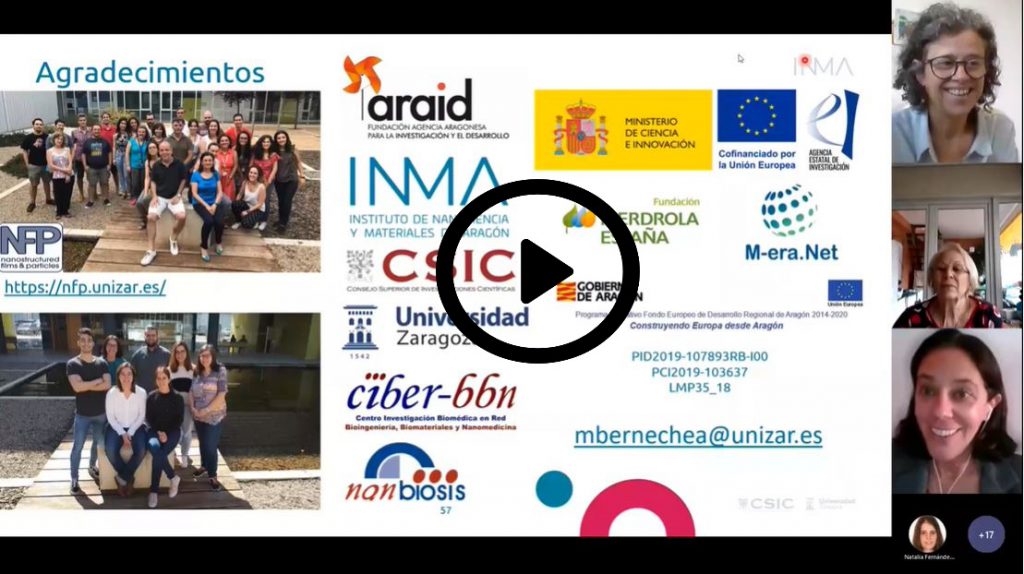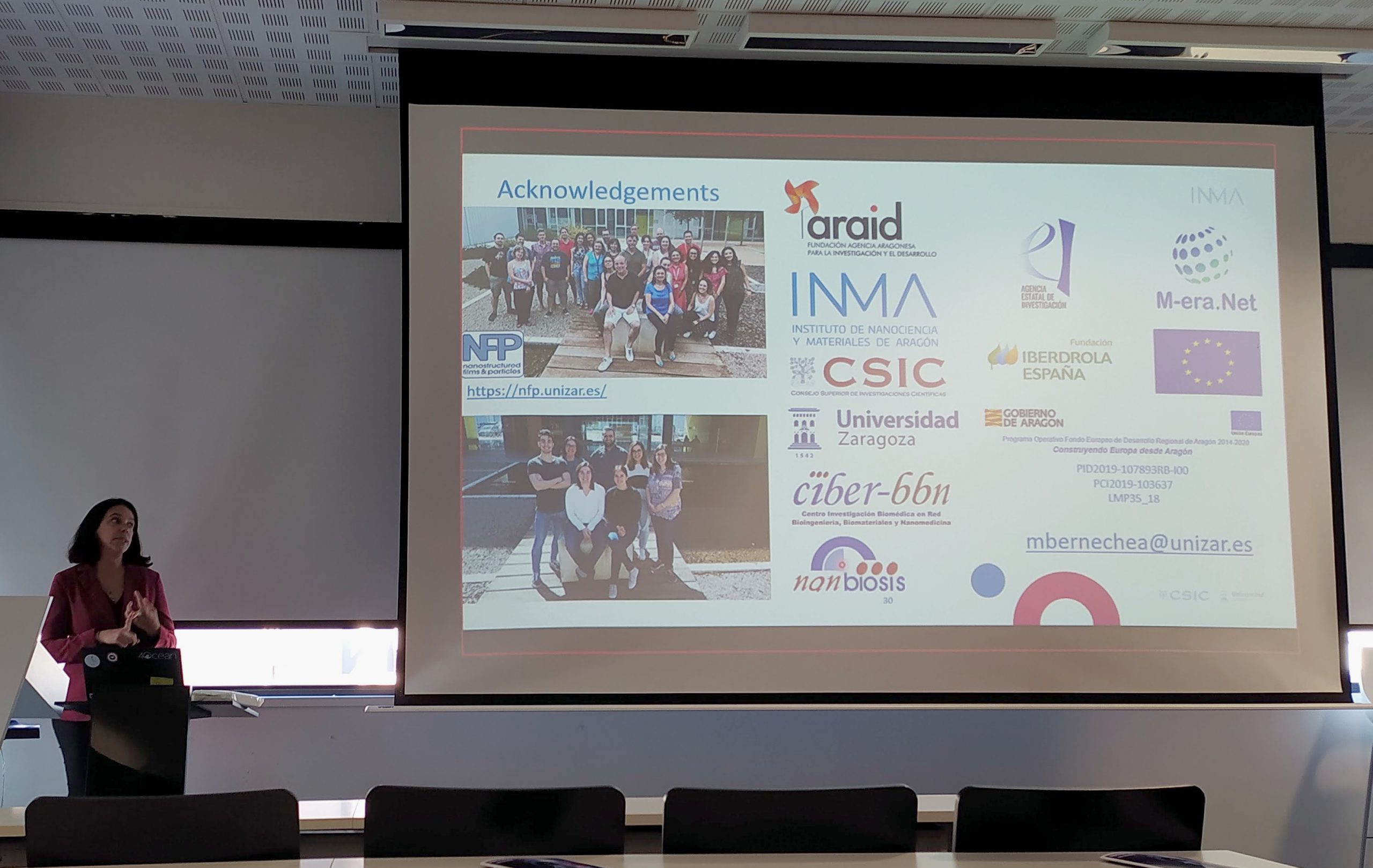1,800,000 euro for the improvement of NANBIOSIS laboratories
The final decision on the call for funding of Singular Scientific and Technical Infrastructures (ICTS) within the framework of the Recovery, Transformation and Resilience Plan in 2021 for has been published. These grants are intended to facilitate the execution of the Strategic Plans of the ICTSs included in the current National Map of ICTSs, through the execution of the investments provided for in their investment plans and declared of high priority by the Advisory Committee for Singular Infrastructures (CAIS).
Two applications were submitted to this call by NANBIOSIS: one by the CIBER node named “Towards a new generation of Infrastructure for the design, production and preclinical characterization of nanomedicines, biomaterials and biomedical systems in the units of the CIBER node of NANBIOSIS ” for the amount of € 2,522,128.02 of which € 1,785,706.36 have been granted, and another for the BIONAND node entitled “Update and improvement of the equipment of the BIONAND node of the NANBIOSIS distributed ICTS ”, for the amount of € 339,633.59, of which € 29,000 have been awarded.
These grants will allow the acquisition and improvement of the equipment and laboratories for the preclinical production and characterization of biomaterial nanomedicines and NANBIOSIS biomedical systems.
This call from the Ministry of Science and Innovation is funded with 37 million euros by the Recovery and Resilience Mechanism of the European Union. This is the first grant of aid for all ICTS in the last decade that is approved with funds from the General State Budget that finances 100% of the eligible costs and will allow the development and improvement of critical facilities for science and Spanish innovation. The Ministry of Science and Innovation has announced that in 2022 another call for 37 million euros will be published to finance actions of the new strategic plans of the ICTS 2021-2024.
The reinforcement of NANBIOSIS research capacities through these projects will result in a qualification of the research tissue at the national level necessary for the development of the next generation of advanced therapy drugs and diagnostic innovation linked to precision medicine and ensure the production of essential drugs.











